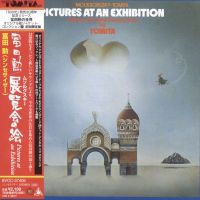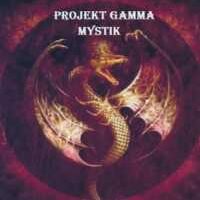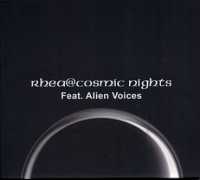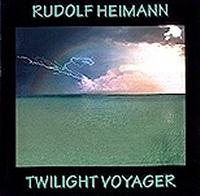Description
- Promenade [1:30]
- The Gnome [3:13]
- Promenade [1:02]
- The Old Castle
- Promenade [0:34]
- Tuileries [0:55]
- Bydlo [3:17]
- Promenade [1:00]
- Ballet of the Chicks in Their Shell [1:05]
- The Two Jews [3:04]
- Limoges Catacombs [3:56]
- Con Mortuis In lingua Mortua [2:06]
- Baba Yaga (Hut on Fowls’ Legs) [3:50]
- Great Gate at Kiev [6:14]
14 classical tracks on synths





Markus, Malagny / France –
ISAO TOMITA was the second composer (with Walter Carlos) know for his works on Modular synthesizers (Moogs )recreating sounds on the classical music but specially on post-romantical stuff.
The realization has great qualities but the taste of it can be discussed.
After all he has several merit, the fact is that it was one of the first to try in that directions as they were very few at that time.
In the same time this approach needs a very big skill of talent as a real musical education.
It’s also a huge work (Ant’s work) of programming of the old modular system, when you get that there were no other way than rewire every cables, hundreds of knobs to fix (we were far from our hundreds of programs) and finally complete and wait for the tuning after some long warm up (the famous instability due to the heating of the condensers) you will understand and say thanks to new technology approach, but also have respect to a pioneers work. It’s really a perfect example of sound research and interesting analog tones foundation. It’s a materialized Visions of new Sounds upon some great works.Tomita’s records were sold not bad in the Seventies, but the critics were very hard with him, such an approach will ever have is detractors specially in some old conservator and musicology realms.
The echoes were very various and shared, the debate is still open but nobody can say Mr.TOMITA was short of humor.
I believe he help the younger folk from this time to be seduced from this barren aspect of the serious music (of course PICTURE AT AN EXHIBITION is a kind of classical hit but not for everyone and some parts of it are tending to avant-gardism), so he broke the taboo bringing this work to people who were only listen to easy and light music.
For my part, the first approach I discovered this work was this because at the time I was already found of synths and I didn’t knew who was Moussorgsky. Later on I heard about the version of the progressive group ELP who was very provoking in his genre but played with big talents.
But the bad or the good was made and I began to interest me to the original piano version from Modest Mussorgsky, and the RAVEL orchestration, who of course are amazing. So thanks to Mr.TOMITA to help me discover all this.
In retrospective the listening to this work is very musical and incredibly faithful to the original although it deals with pure sound experimentations at all, listening to some sounds can make smile and laugh depending in what mood we are.
There is a mechanical (electronical) approach I cannot deny but also some sense of grandiose and surprises, it’s particularly a pleasant journey through sound discovery with some big moments and some humor not to take to seriously this serious music.
2004. Markus, Malagny / France